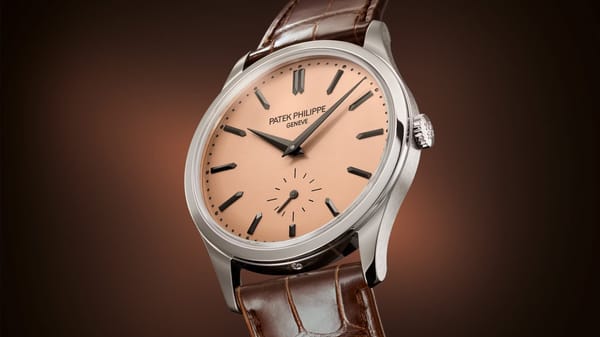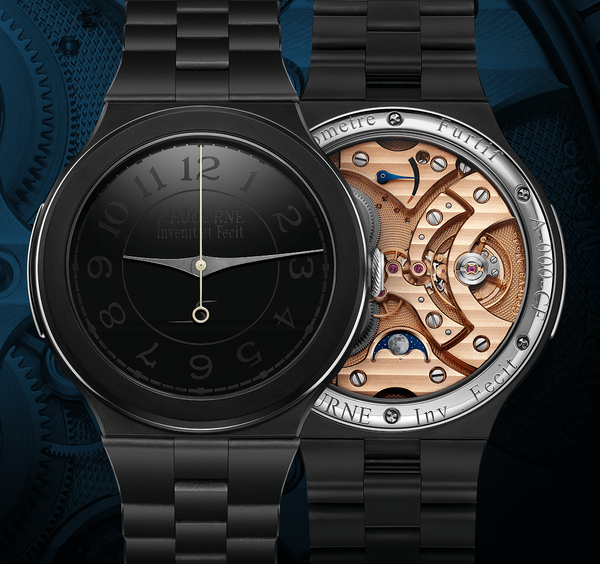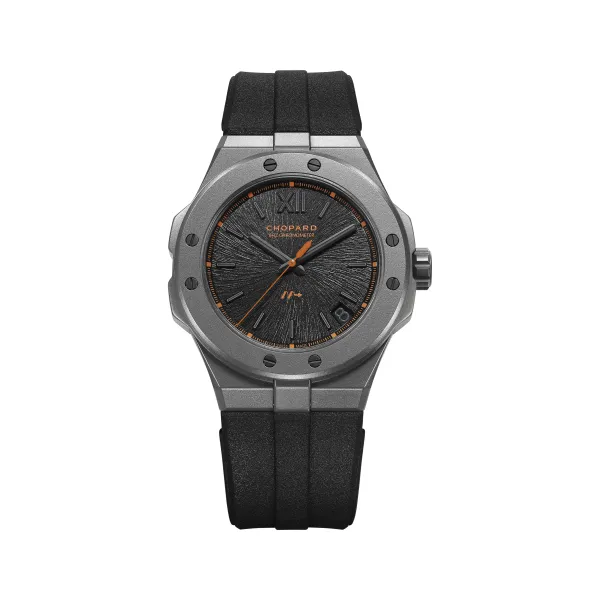Chasing Time - The Marvel of Marine Chronometers: Navigating the High Seas with Precision

Imagine setting sail across a vast, uncharted ocean with nothing but the stars, a compass, and the hope of hitting land. For centuries, sailors faced this daunting challenge, often guessing their way to their destinations—or missing them entirely. That all changed in the 18th century with the invention of the marine chronometer, a remarkable timekeeping device that revolutionized navigation and made ocean travel safer, faster, and more reliable. Let’s dive into how these ingenious gadgets worked, some famous examples from history, and how they sharpened the accuracy of seafaring adventures.
The Problem of Longitude
Before the marine chronometer, sailors could figure out their latitude (north-south position) pretty easily by measuring the angle of the sun or stars above the horizon. But longitude—east-west position—was a different beast. The Earth spins 360 degrees in 24 hours, meaning it moves 15 degrees per hour. If you knew the exact time at a fixed reference point (like Greenwich, England) and compared it to the local time where you were, you could calculate how far east or west you’d traveled. The catch? Clocks back then were unreliable at sea. Pendulum clocks, which worked fine on land, went haywire with the rocking of ships, temperature changes, and humidity. Enter the marine chronometer—a portable, seaworthy solution to the longitude problem.

How Marine Chronometers Worked
A marine chronometer is essentially a super-precise clock designed to keep accurate time no matter the conditions. Sailors would set it to the time at a known location—usually Greenwich Mean Time (GMT)—before leaving port. As they sailed, they’d check the local time by observing the sun (typically at noon, when it’s highest in the sky). The difference between GMT on the chronometer and local noon told them their longitude. For example, if the chronometer said it was 2:00 PM GMT and local noon had just passed, they were 30 degrees west of Greenwich (2 hours × 15 degrees per hour).
The magic wasn’t just in the idea—it was in the engineering. Marine chronometers replaced pendulums with balance wheels and springs, which weren’t thrown off by a ship’s motion. They were mounted in gimbals (a pivoting support) to stay level, housed in sturdy wooden boxes to protect against moisture, and built with materials that resisted temperature swings. These innovations made them the ultimate tool for ocean navigation.
Famous Marine Chronometers of the Day
Let’s meet some of the rockstars of this era:
John Harrison’s H4 (1761)

The granddaddy of marine chronometers, the H4 was the brainchild of English clockmaker John Harrison. After decades of tinkering (and a few less successful tries), Harrison unveiled this pocket-watch-sized marvel. It was a game-changer, losing only a few seconds over months at sea. During a 1761 trial voyage to Jamaica, it kept time so well that the calculated longitude was off by just 5 nautical miles—an unheard-of feat. The H4’s intricate design, with a high-frequency balance and temperature compensation, set the standard for what followed.
Thomas Earnshaw’s Chronometers (Late 18th Century)

Harrison’s H4 was brilliant but pricey and hard to replicate. Enter Thomas Earnshaw, who simplified the design in the 1780s and 1790s, making chronometers more practical and affordable. Earnshaw introduced a spring detent escapement—a mechanism that improved accuracy and reduced wear—helping mass-produce these devices. His chronometers became a favorite of the British Royal Navy, guiding ships like HMS Beagle (yes, the one Charles Darwin sailed on!).
John Arnold’s Pocket Chronometers (1770s-1790s)

John Arnold, another British genius, competed with Earnshaw and refined chronometer design with smaller, lighter models. His innovations included a bimetallic strip to adjust for temperature changes and a streamlined escapement. Arnold’s chronometers were sleek, reliable, and widely used by explorers and naval officers alike. Read more on Arnold and Son watches here.
Heritage: John Arnold - ArnoldandSon.com
Evolution and Impact on Accuracy
Over time, marine chronometers got even better. Early models like Harrison’s H4 were accurate to within seconds per month, but by the 19th century, improvements pushed that to seconds per week. Key changes included:
- Temperature Compensation: Early chronometers used bimetallic strips (two metals with different expansion rates) to keep the balance wheel steady as temperatures shifted. This slashed errors caused by heat or cold.
- Better Escapements: Earnshaw’s spring detent and later variations reduced friction and made timekeeping smoother, boosting precision. Check out a recent example of the detent escapement implemented in Raul Pagès RP1, here.
- Mass Production: By the 1800s, firms like Ulysse Nardin and Breguet were churning out chronometers, standardizing quality and making them accessible beyond elite navies. More on Breguet here.
The impact? Staggering. Before chronometers, ships could miss their targets by hundreds of miles, leading to shipwrecks, starvation, or scurvy from prolonged voyages. With chronometers, longitude errors dropped from degrees to minutes—sometimes just a mile or two. Take the British Navy: by the 1820s, every major ship carried a chronometer, cutting travel times and losses. Trade routes to places like India and the Americas became predictable, fueling global commerce. Explorers like Captain James Cook, who tested Harrison’s designs, mapped the Pacific with precision that still holds up today.
The Legacy
Marine chronometers reigned supreme until the 20th century, when radio signals and eventually GPS took over. But their legacy lives on. Modern watchmakers like Breguet and Patek Philippe still craft chronometer-certified timepieces, nodding to that golden age of innovation. And for sailors of old, these little clocks were nothing short of a miracle—turning the wild, boundless sea into a place they could measure, master, and conquer, one tick at a time.
So next time you glance at your watch, spare a thought for the marine chronometer—a humble hero that helped humanity find its way across the world’s oceans.
—
Chasing Time
Welcome to “Chasing Time,” these articles will journey through the relentless quest to master the ticking heart of history. From the sundials of antiquity to the marine chronometers that conquered the seas, and onward to the innovations shaping tomorrow’s timepieces, this series uncovers the stories, struggles, and triumphs of horology’s past and future. Join us as we explore the artisans, inventors, and visionaries who’ve chased perfection—one second at a time.





